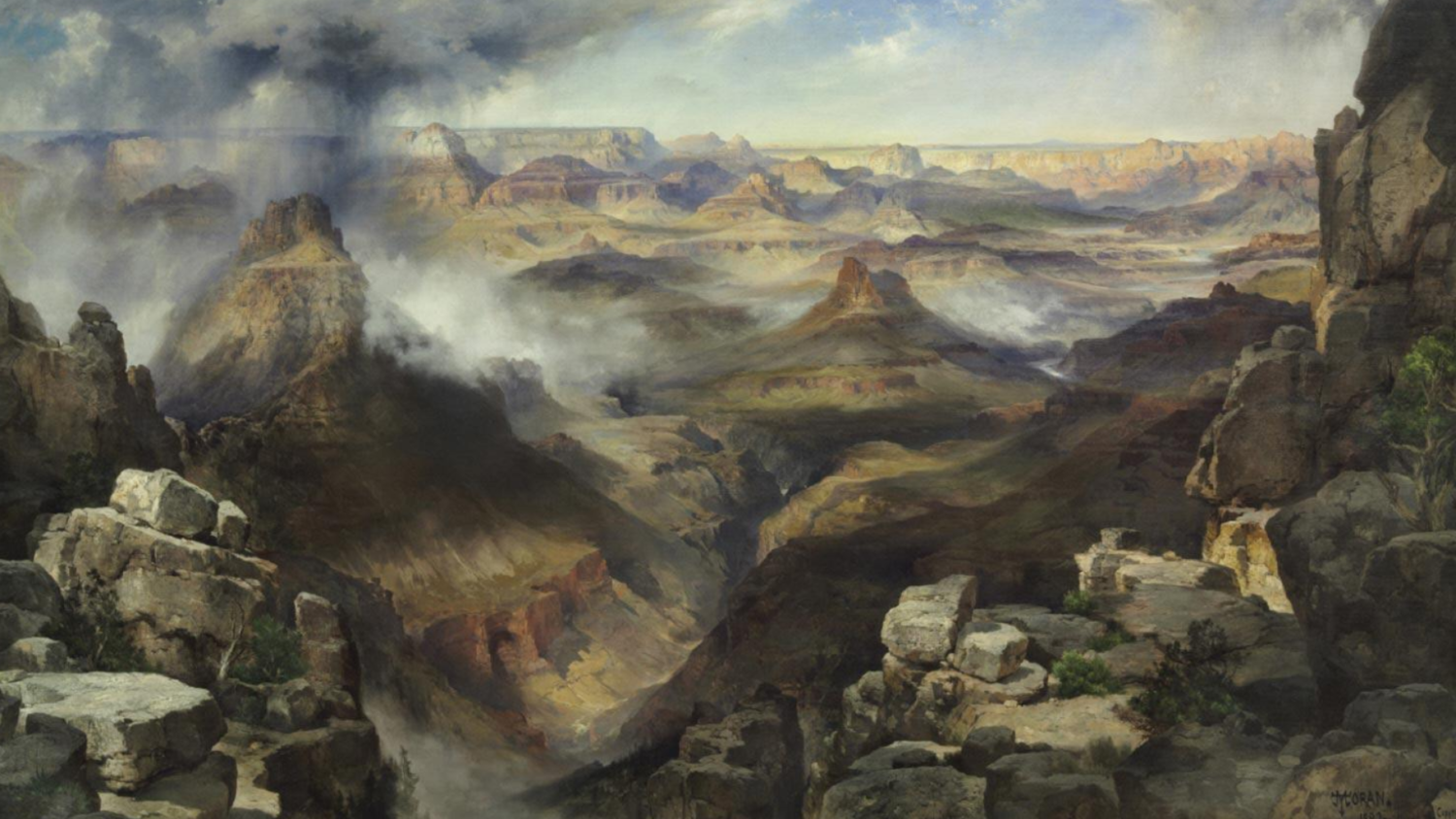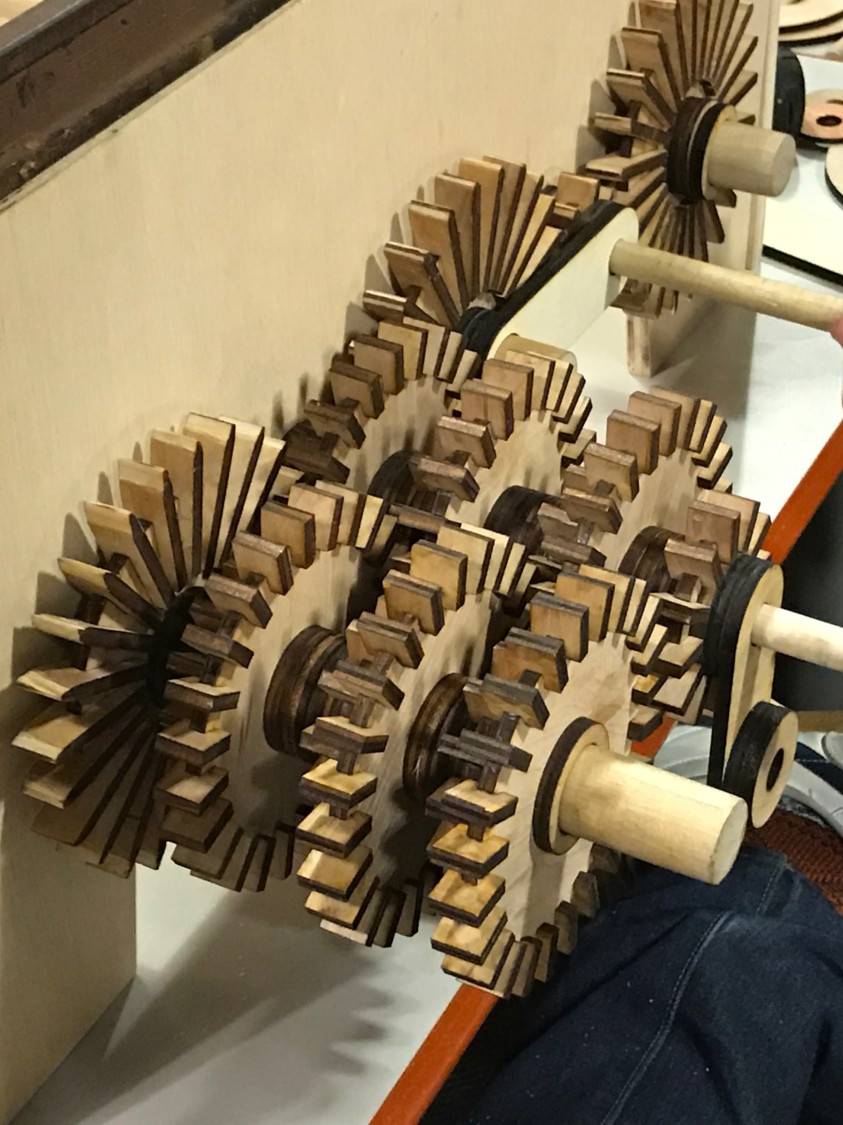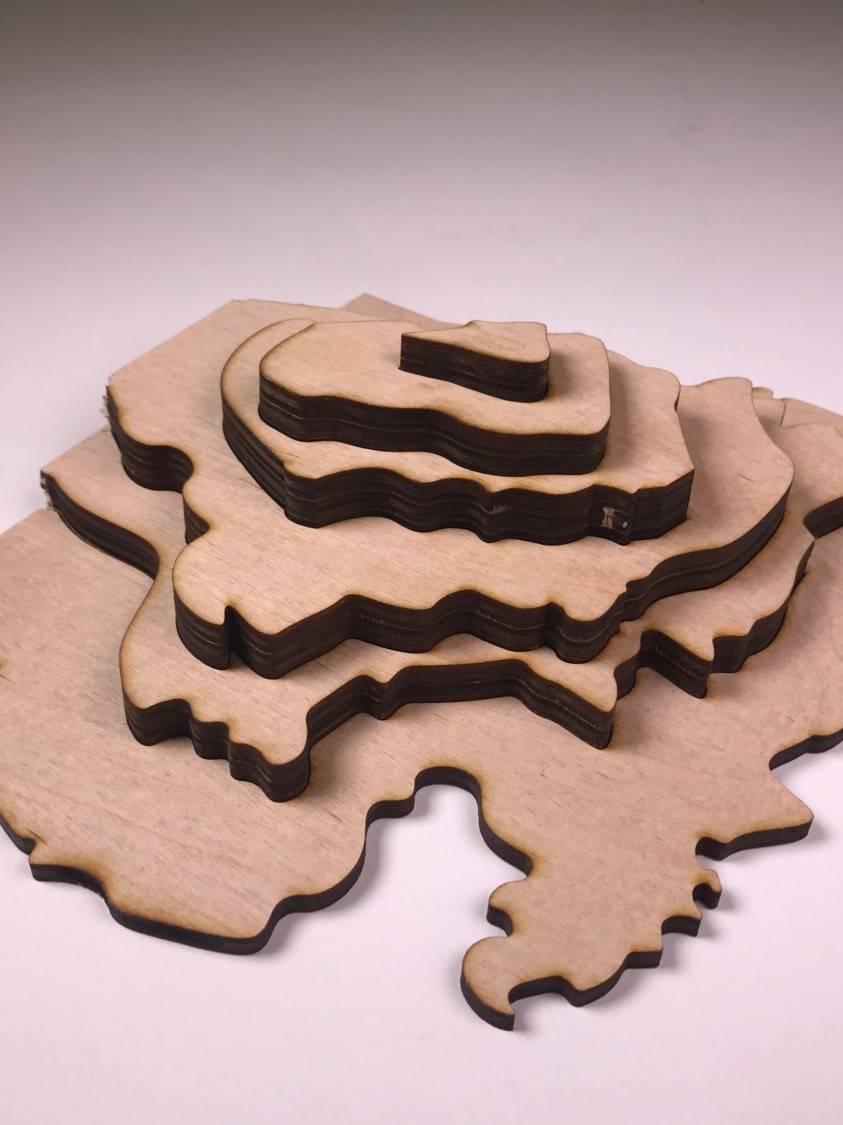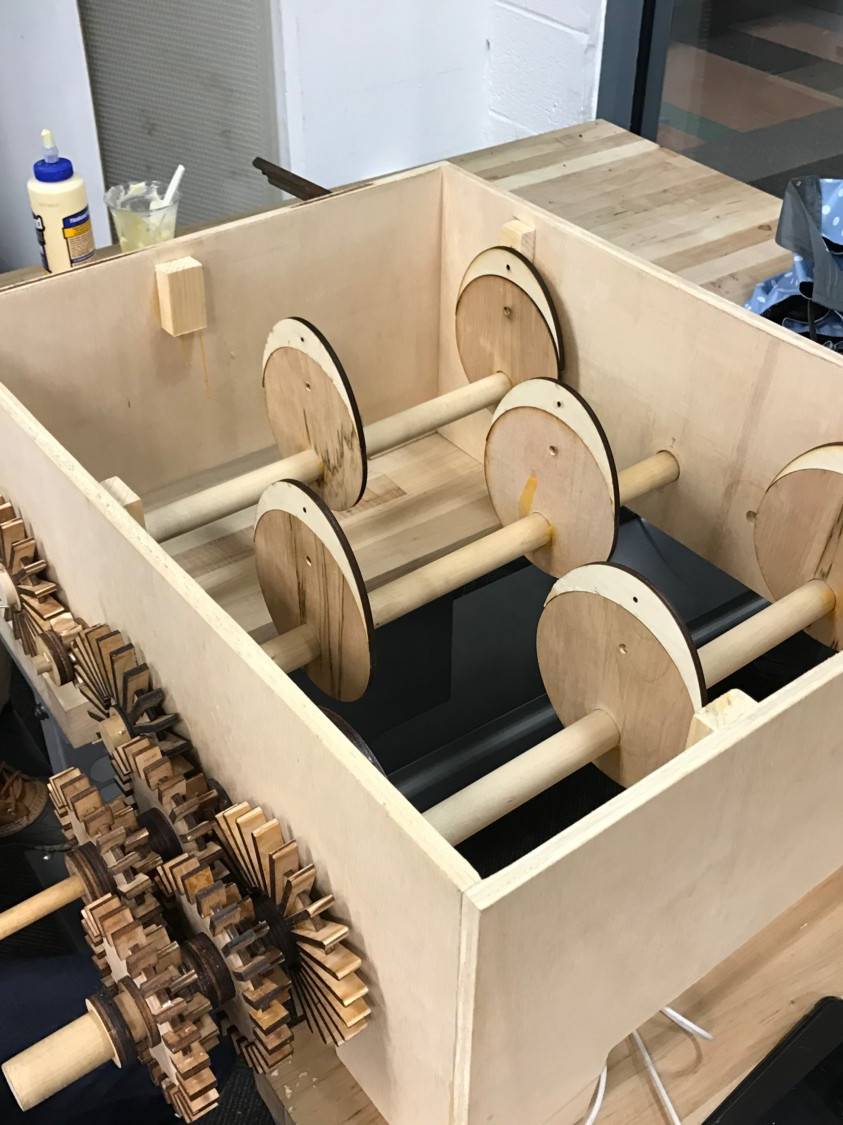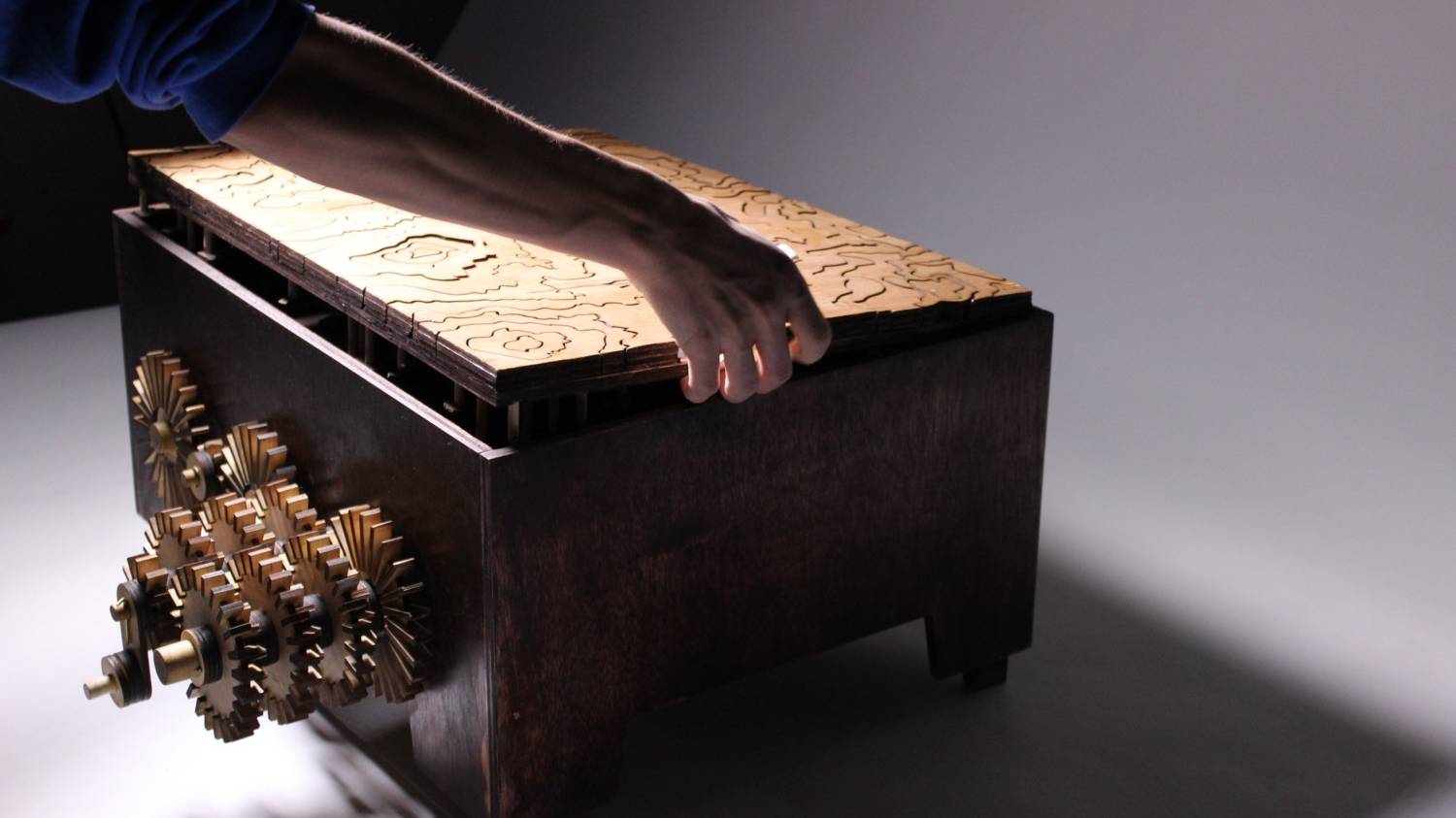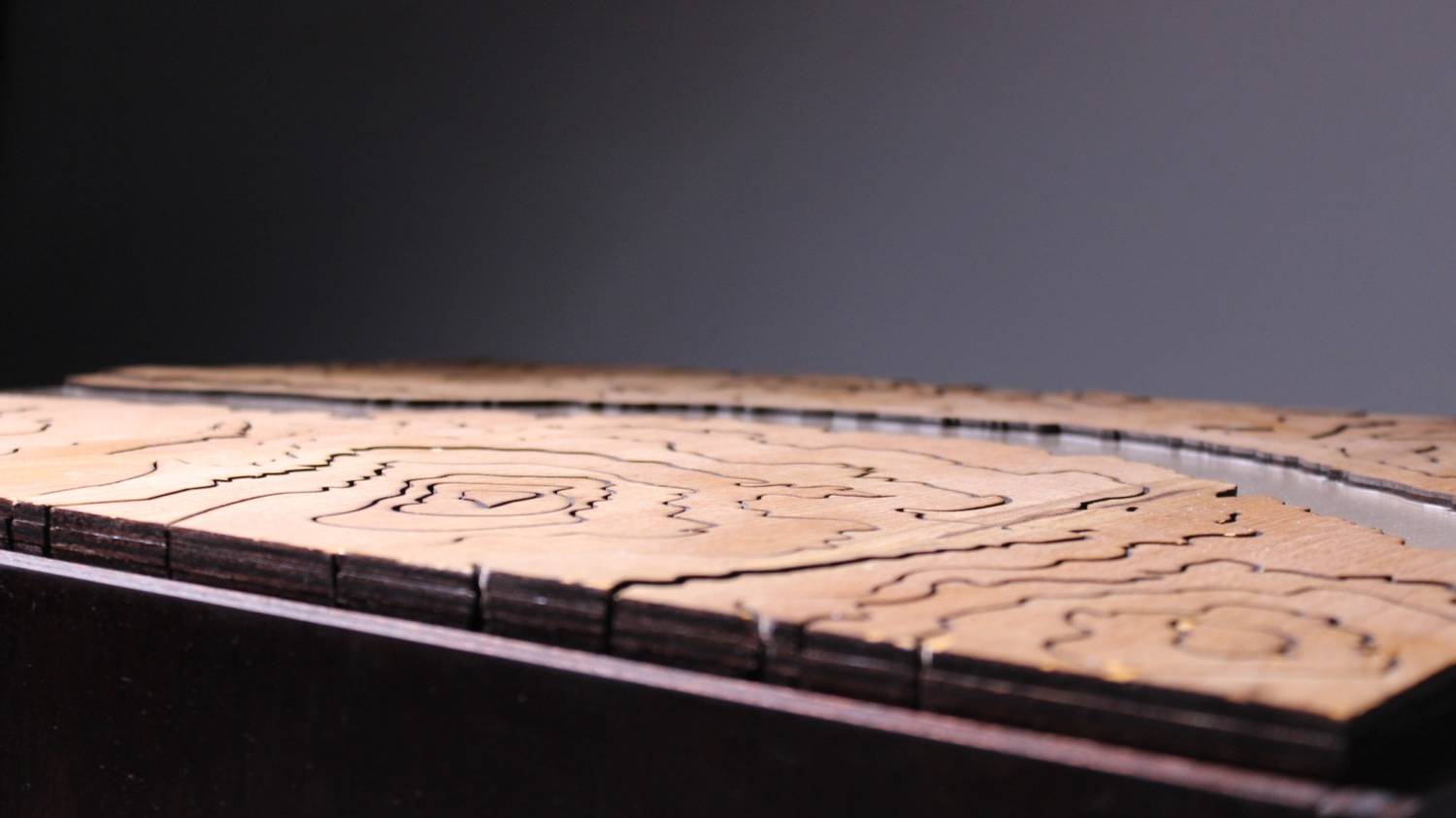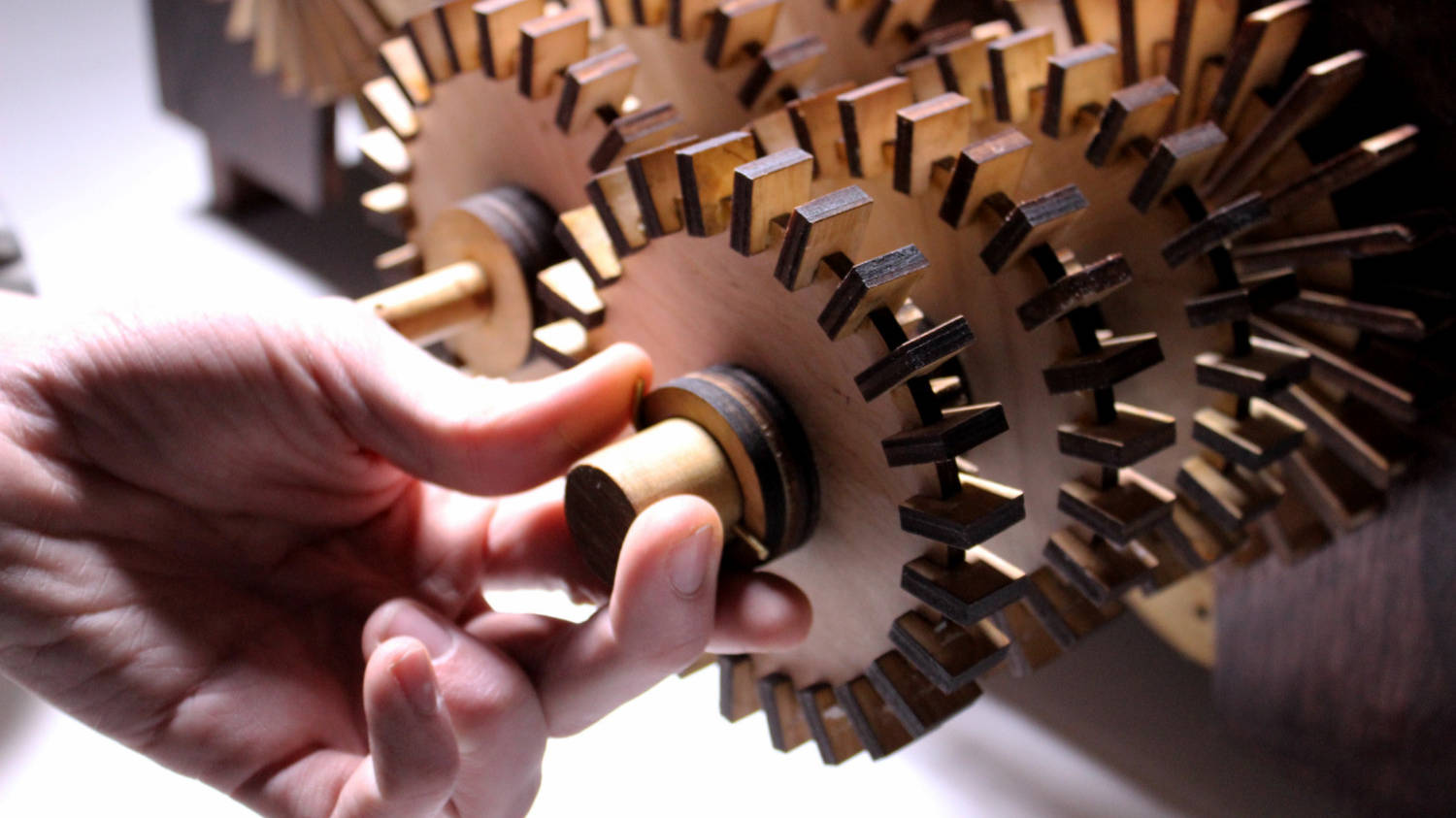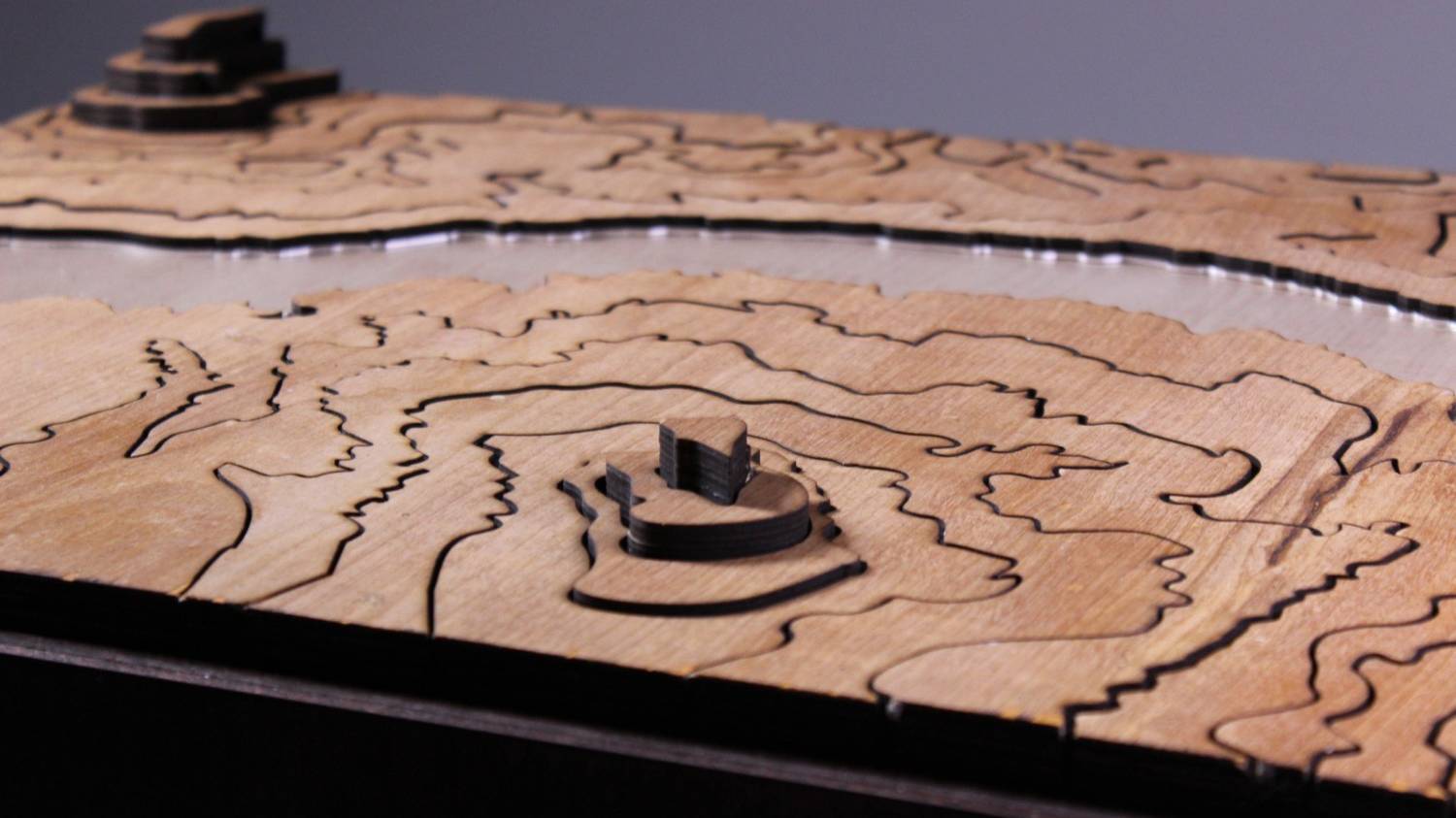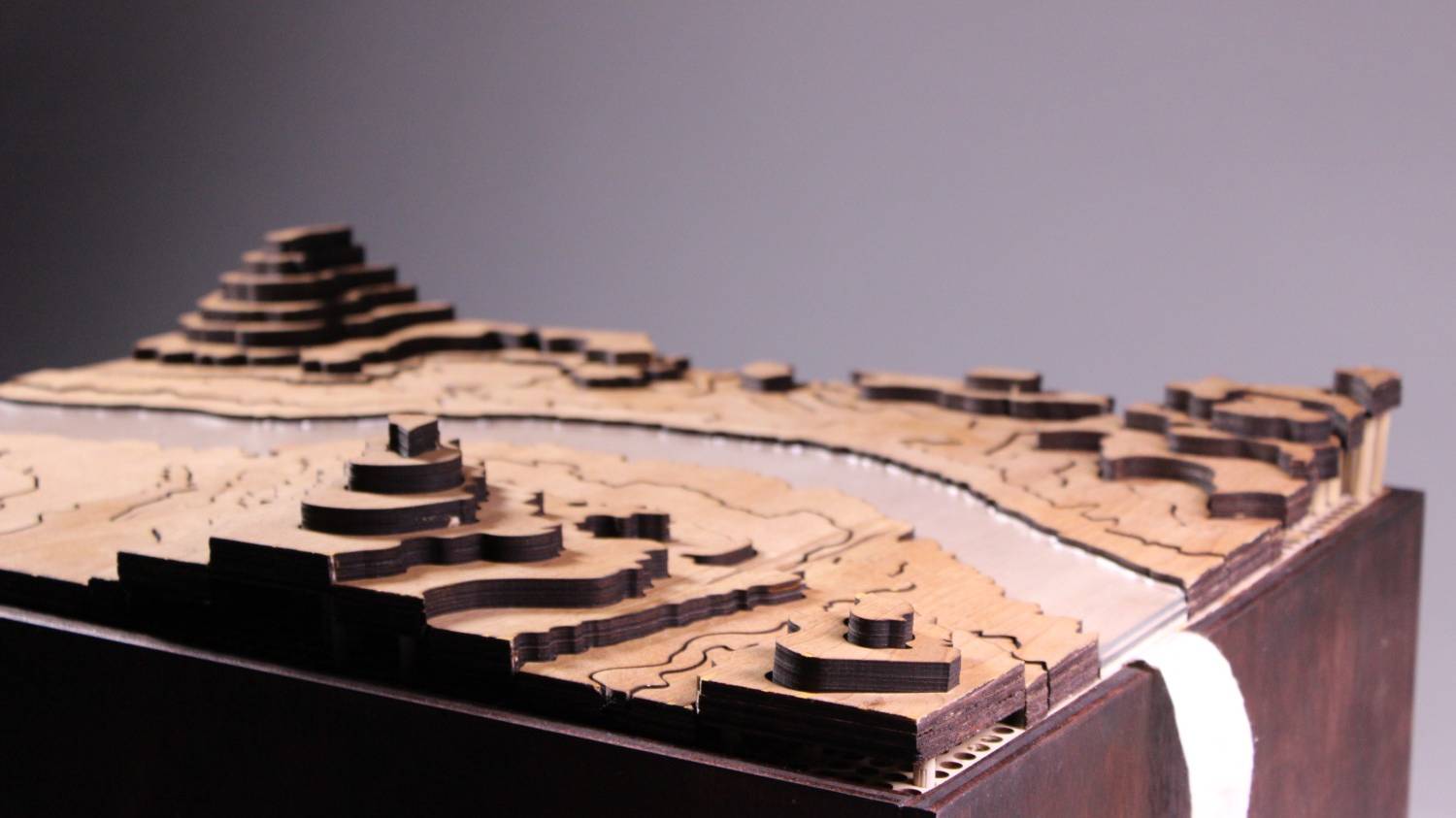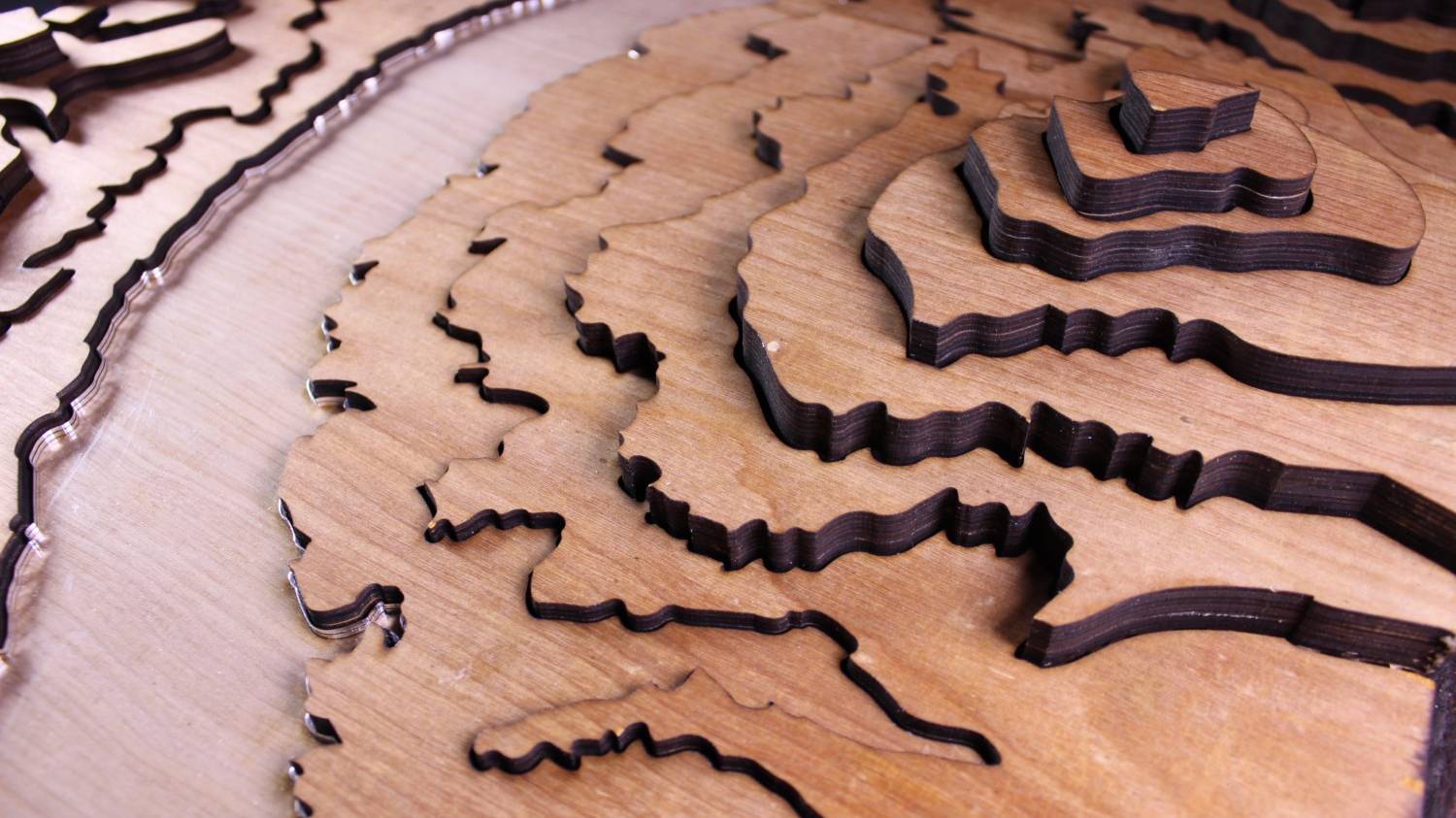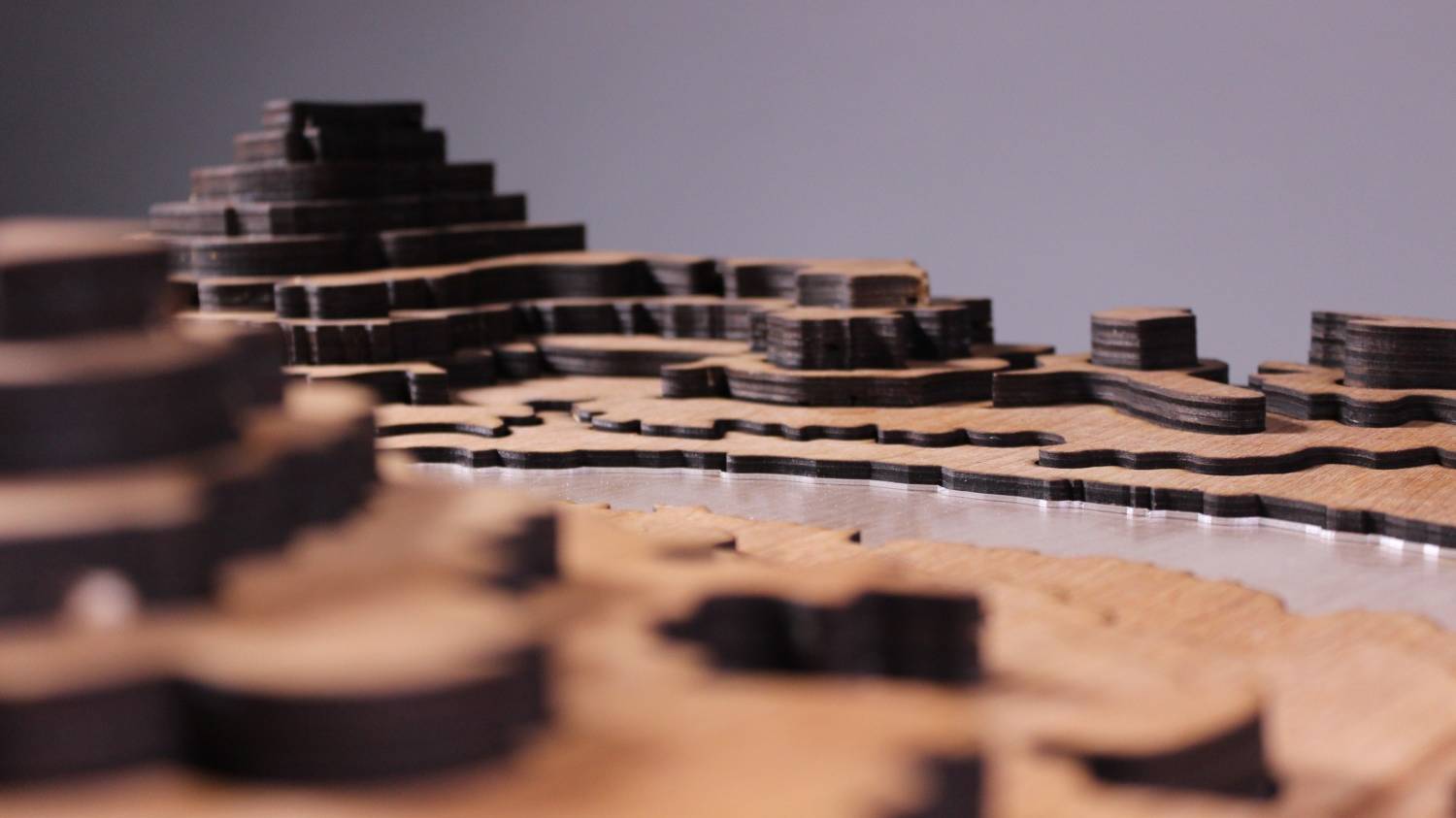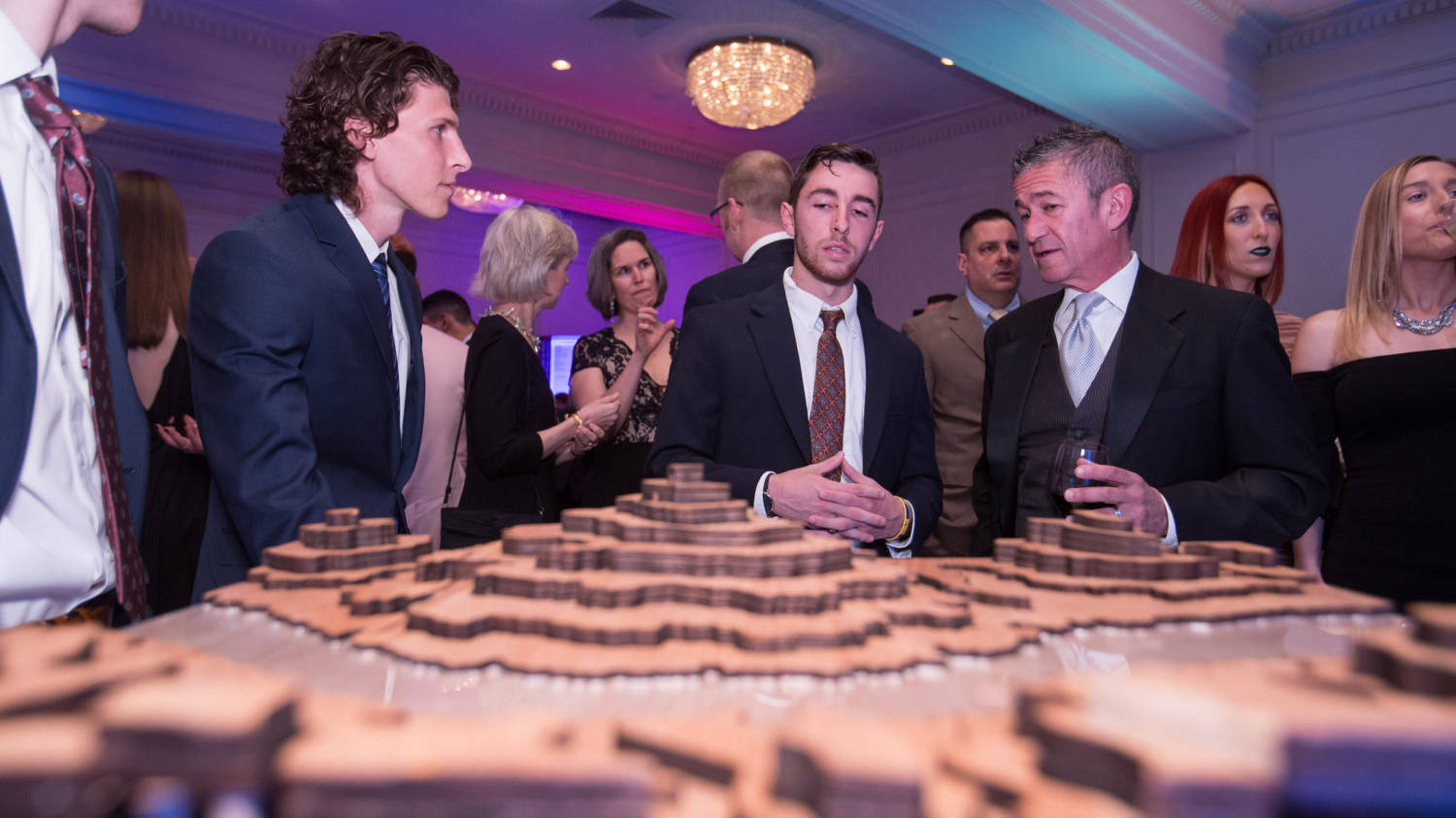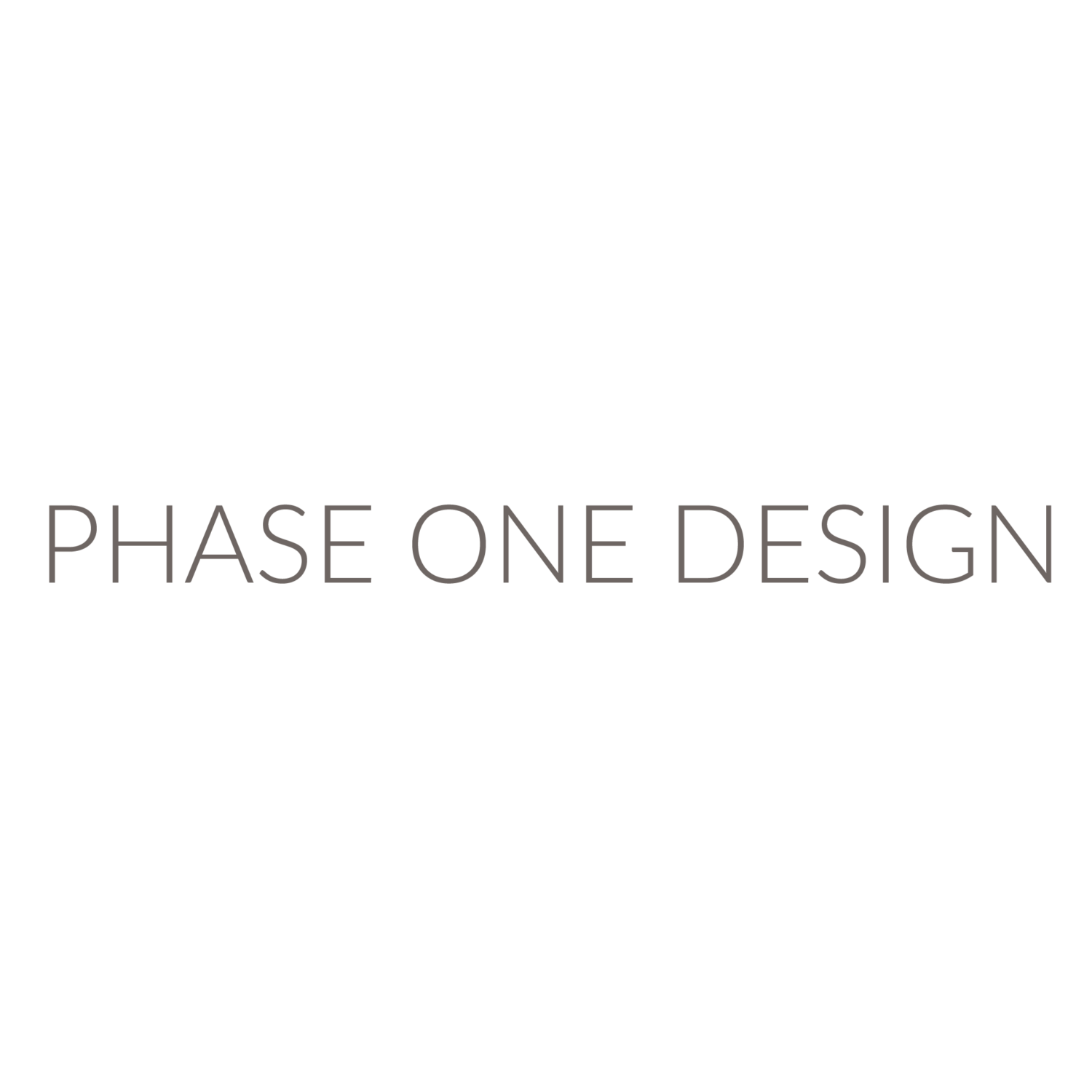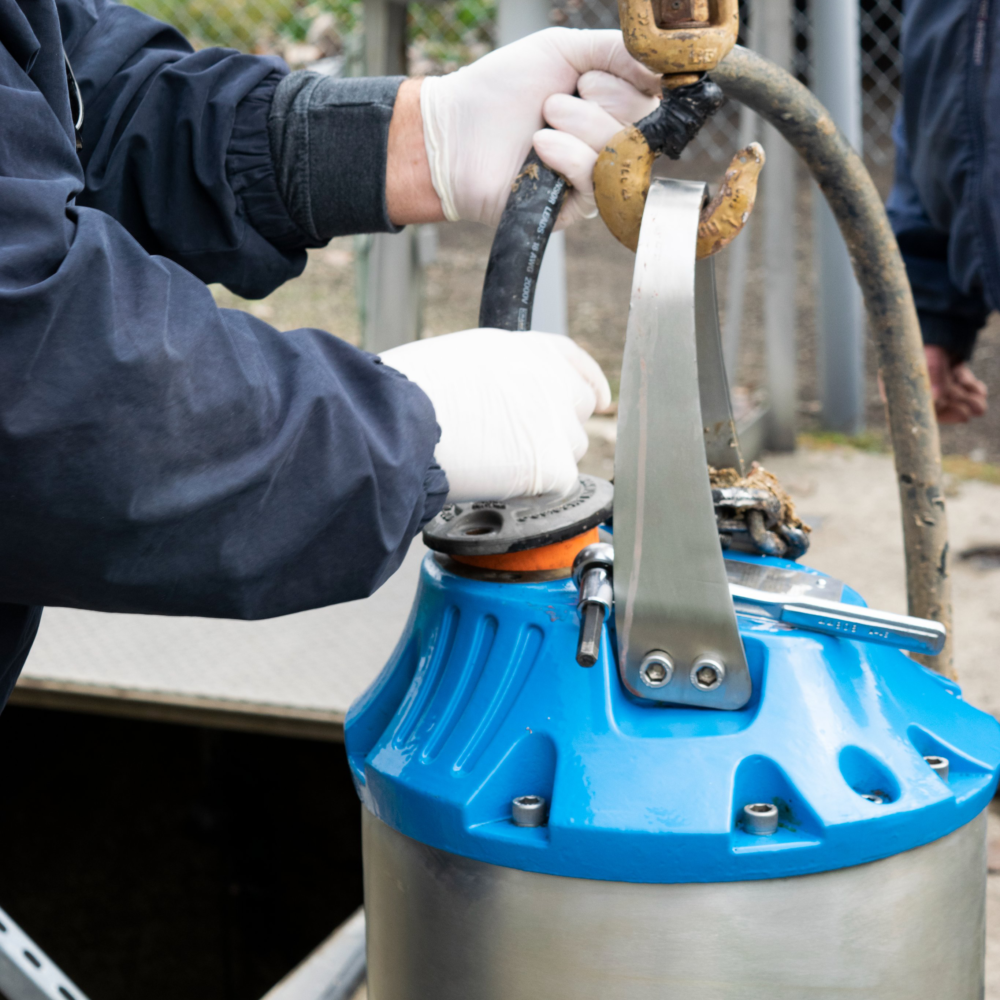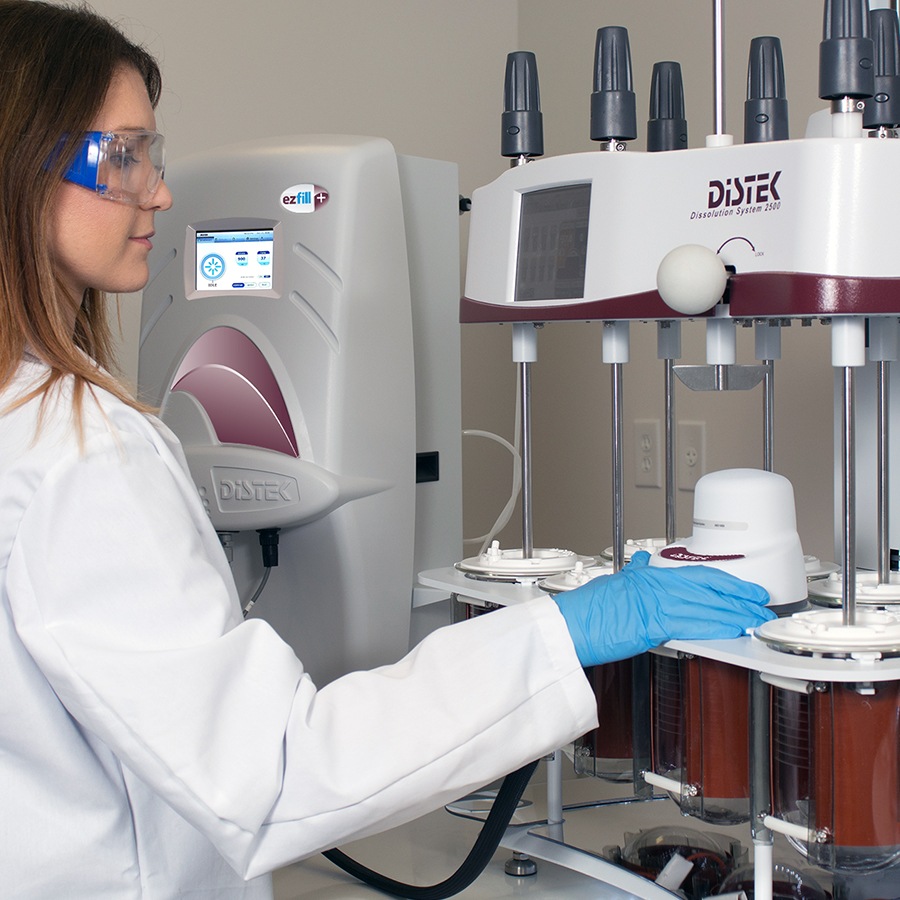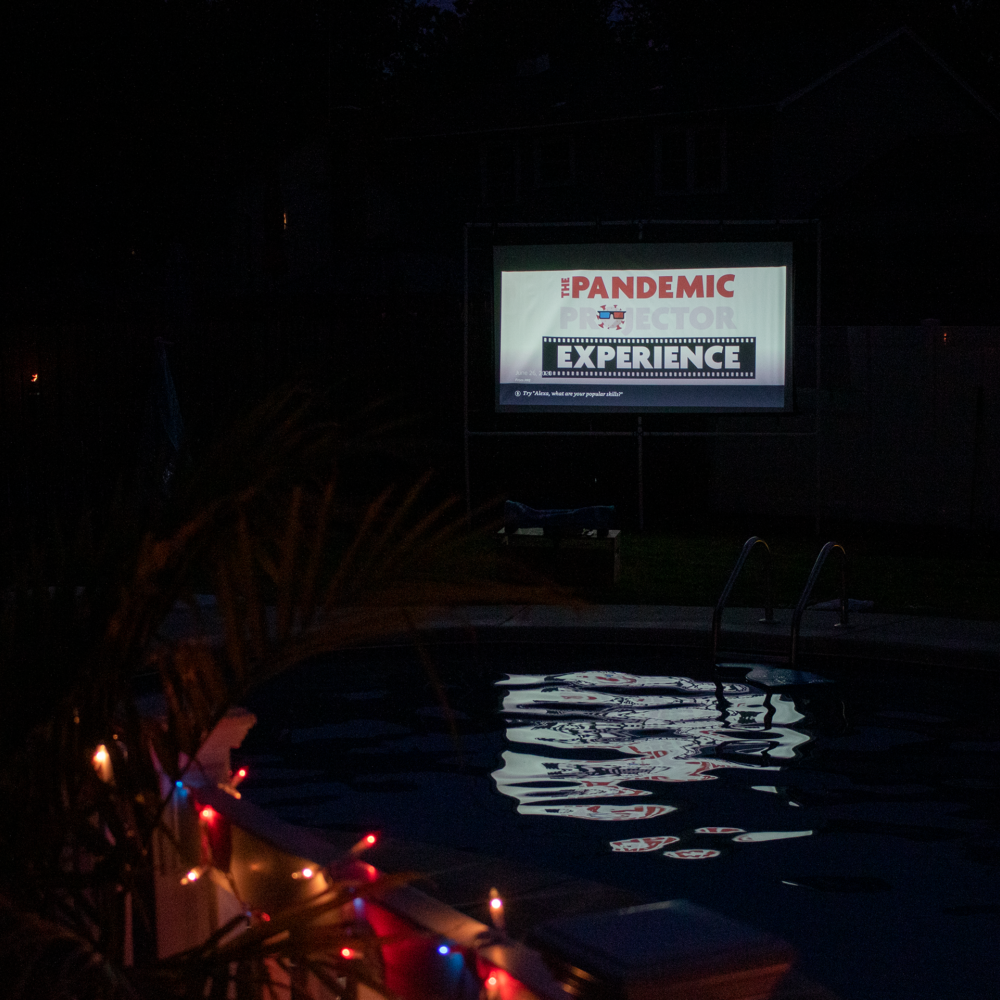Exploration Through Motion
The project
ETM: Exploration Through Motion is a kinetic Da Vincian machine that illustrates the painting Grand Canyon of the Colorado River by Thomas Moran.
Year
Freshman Year
2016
Completed with Peter Holderith and Charles Barilo
Awards
Philadelphia University Gala Presenter
Featured on Make: See Woodcut Topography Come to Life with the Turn of a Crank
Creating a DiVincian Inspired Show
Look here for a behind the scenes look at how ETM came together in 200+ hours (including 20+ hours of laser cutting and 24+ hours of digital design). ETM creates a show that explores how, with a little bit of movement, something big can come from something very small.
Grand Canyon of the Colorado River
1892 and 1908
Thomas Moran, American (born England), 1837 – 1926
Recreating the Canyon
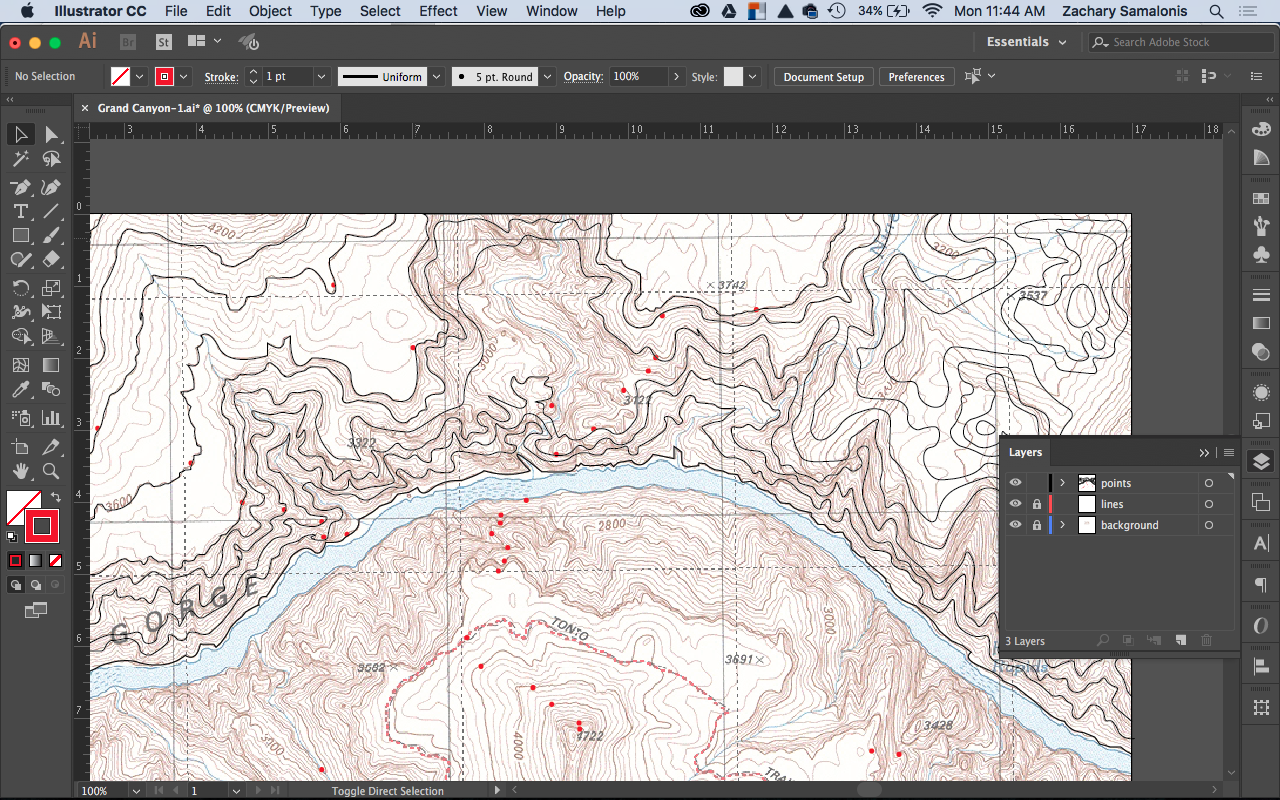
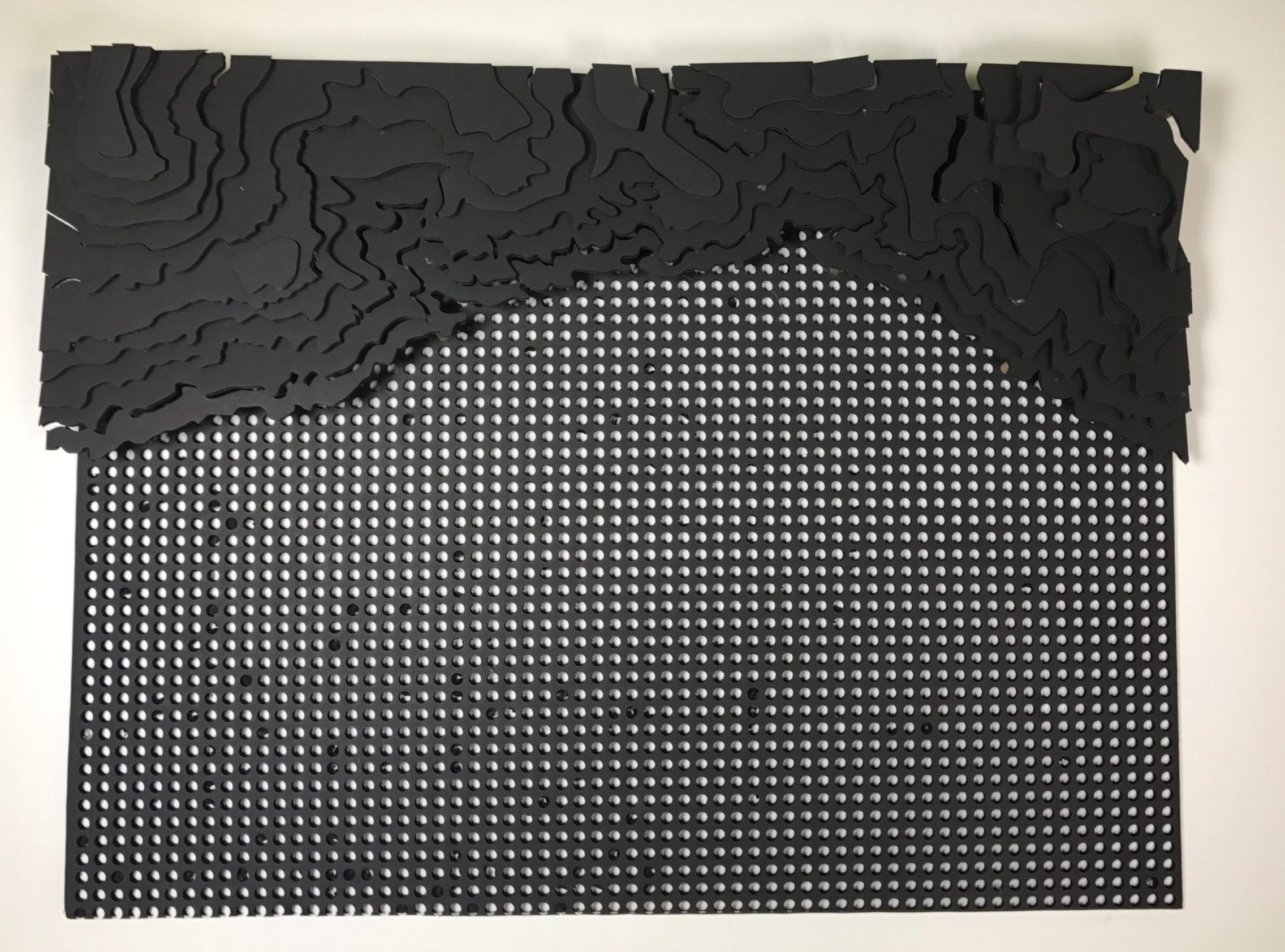
Adobe Illustrator Map vs Laser-Cut Foam Proof of Concept
We started by researching the canyon itself, looking at topographical maps and the layout of the river, and how it shaped the canyon. We placed the map into Adobe Illustrator and began penning the sections of the map we wanted to raise. We also created a grid that would sit underneath the map that would direct the vertical dowel movement.
Gears and Cams
Based on the mechanics of a manual transmission, we designed a visual gearbox with a reduction system to help decrease the torque produced by the sheer weight of the map. This mechanism and the internal structure raise the map slowly, helping to show the passage of time.
These gears are “paddle” gears, a technology Leonardo Davinci had in his time. After assembly, 64 turns of the handle raises the map to completion.
Cams inside the box underneath the map would do the heavy lifting. These would push up a masonite platform that would push up the dowels.
A Canyon Emerges from a River
Using a series of gears and cams, a laser-cut map slowly rises from a flat to 3D topographical representation of the Grand Canyon. The burnt edges of the wood slowly reveal themselves, adding depth and contrasting color to the lightly stained top.
This was a group project with Peter Holderith and Charles Barilo

